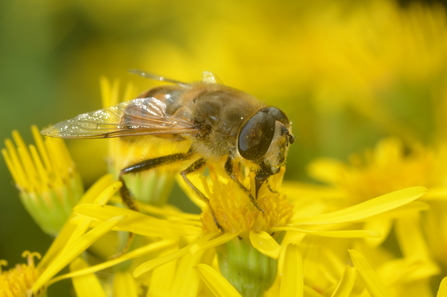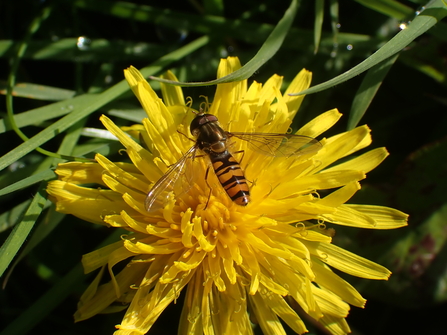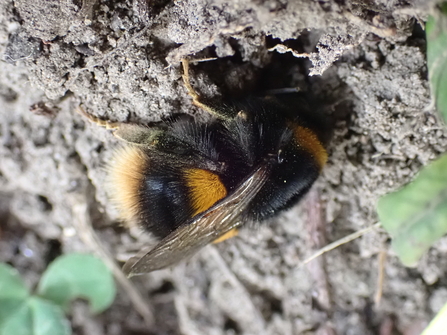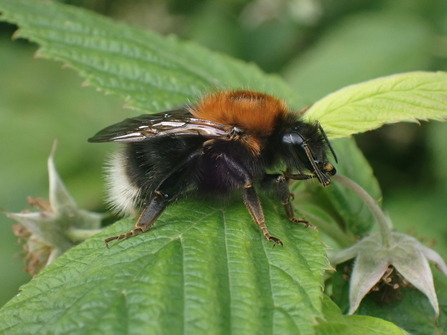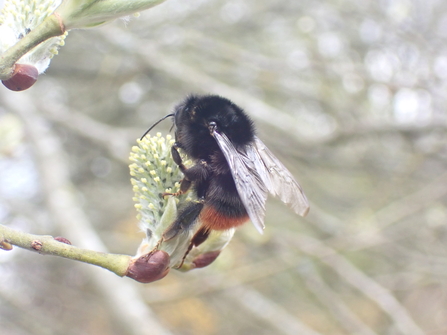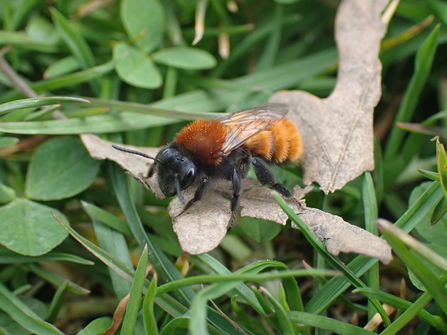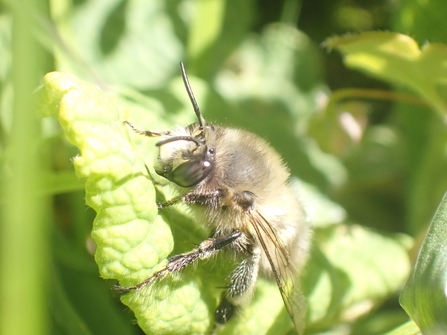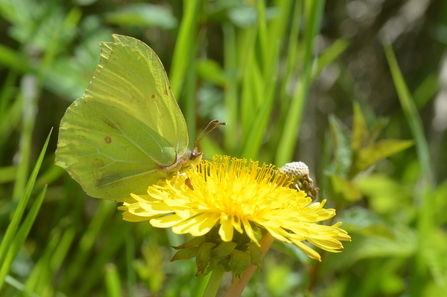Lots of these early species hibernate, which means you might see them on a warm sunny day during the winter months and early in the new year.
The peacock butterfly (Aglais io)
A beautiful and striking butterfly, with bright eyespots to deter predators! You can look out for them in January or more often February, if the weather is mild and warm enough to wake them from their hibernation in sheds or tree crevices. The adults can live for 10 months, so those that began hibernation around September last year will emerge to breed this spring, and may live long enough to fly at the same time as their offspring in July this year! They have beautifully camouflaged hindwings, so that when closed they blend into dead leaves and wood. Look out for them feeding on willow blossom, blackthorn, Prunus species, dandelions and more.


